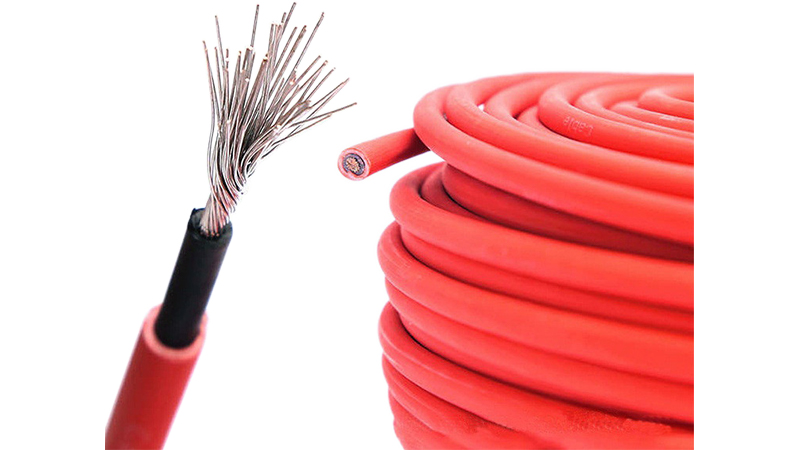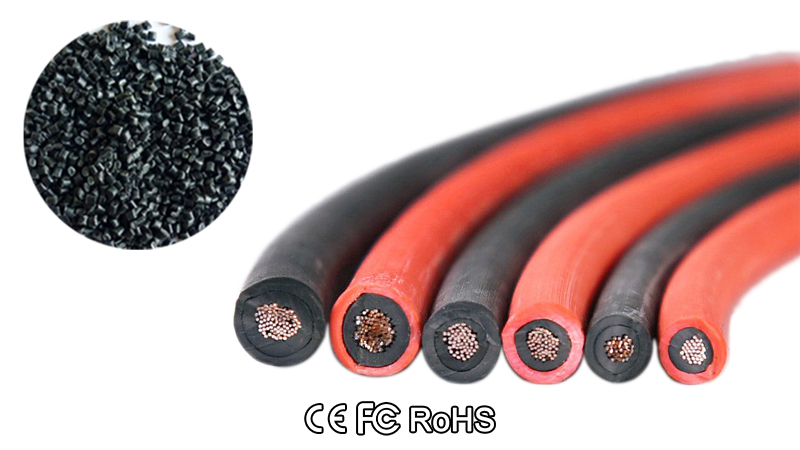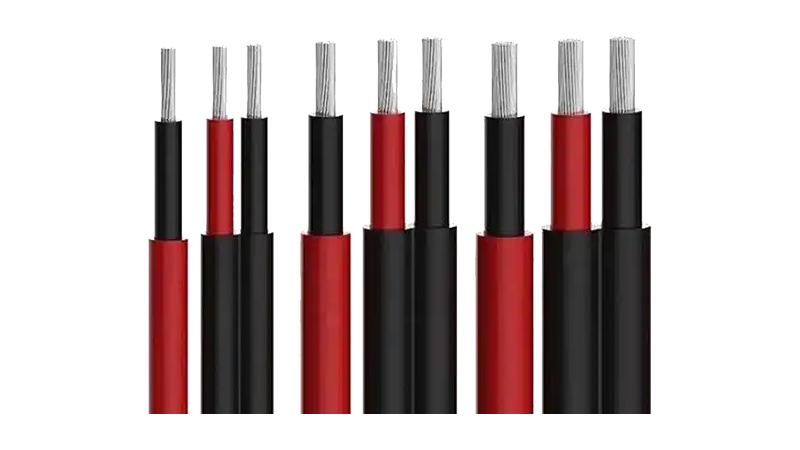Many wire and cable conductors have a variety of, their purpose is to power, as a conductive medium is generally based on metal, they can be divided into a variety of qualities, copper, aluminum, silver, and so on, the photovoltaic cable why to use special tin copper as a conductor? Let's take a look at the main materials of photovoltaic wire and cable conductors? What are the advantages and disadvantages?

Aluminium conductor
Advantage:First, the price is cheap, copper rod is 3.5 times the price of aluminum rod, the proportion of copper is 3.3 times that of aluminum, so aluminum core photovoltaic wire and cable is much cheaper than copper core photovoltaic wire and cable, aluminum core photovoltaic cable is suitable for low-cost projects or temporary electricity. Secondly, the cables are light, which can reduce transportation costs.
Disadvantage:Aluminum wire has low conductivity, large electrical loss, poor tensile strength, low corrosion resistance, and easy oxidation of joints. If connected with copper wire, due to the potential difference, the joint is prone to corrosion, easy to cause open circuit fault.
Aluminium alloy conductor
Advantage:Compared with pure aluminum conductor photovoltaic wire and cable, the tensile strength and elongation of aluminum alloy conductor are improved, and the elongation is increased to 30%, which is more safe and reliable. Aluminum alloy conductor photovoltaic wire and cable connection is as safe and stable as copper conductor photovoltaic wire and cable connection, with strong load-bearing capacity. Aluminum alloy has good bending performance, and its unique alloy formula and processing technology, which greatly improves the flexibility; Aluminum alloy is 30% more flexible and 40% less elastic than copper.
Disadvantage:The corrosion resistance of aluminum alloy conductor is worse than aluminum, temperature resistance is worse than copper, thermal expansion coefficient is much higher than copper, and some are even higher than ordinary aluminum.

Bare copper wire
Bare copper wire is a very common and widely used conductor material. It is made of pure copper rod and made of copper wire. It has the advantages of simple material, copper metal surface and interior, yellow appearance, good ductility, small resistivity, low heat, can do a lot of wire and cable and a variety of good thermal conductivity materials, can also do photovoltaic wire and cable conductor. The disadvantage is easy oxidation, unit cost is higher than aluminum series.
Tinned wire
The tinned copper core wires in PV wires and cables look silver because tin is a silver metal. The process of tinned copper wire is a little more complicated than bare copper wire. After the pure copper rod is drawn into wire, a thin tin layer is plated on the surface of the copper wire by hot tin plating process. Tin is stable in air at room temperature because a dense oxide film forms on its surface, preventing further oxidation of the tin. Therefore, tin plating on copper surface does not affect the resistance and can improve the oxidation resistance of copper to a certain extent.

The performance of the above conductors is based on the performance of the low-voltage circuit. The comprehensive performance ranking of these four conductors is summarized as follows: tinned copper wire > bare copper wire > aluminum alloy conductor > ordinary aluminum conductor.
The operating environment of photovoltaic power stations is generally harsh, and it is often installed in deserts, barren mountains, water surfaces, roofs and other environments, which requires that the resistivity of photovoltaic cables must be better and not easy to oxidize. Therefore, for a long time, tinned copper wire has been selected as a conductor, which is the most suitable for the use of the environment and the most stable electrical performance.
If you have more questions or want to know more about solar PV cables, please contact us and our professional team will be happy to provide you with support and answers.
You can also contact us directly in the following ways: visit, telephone, email